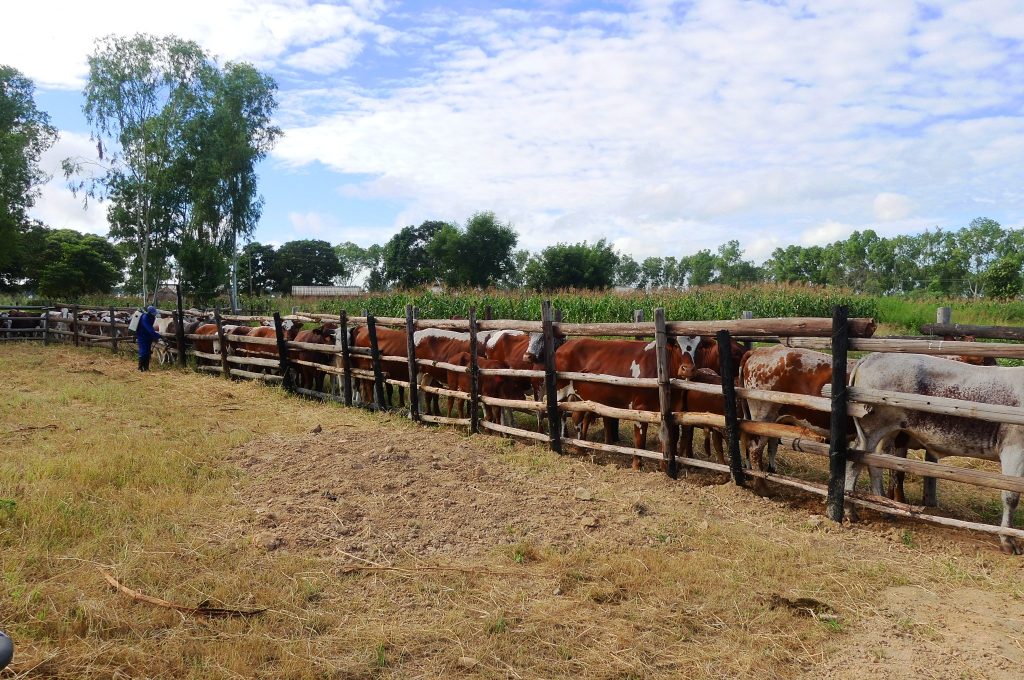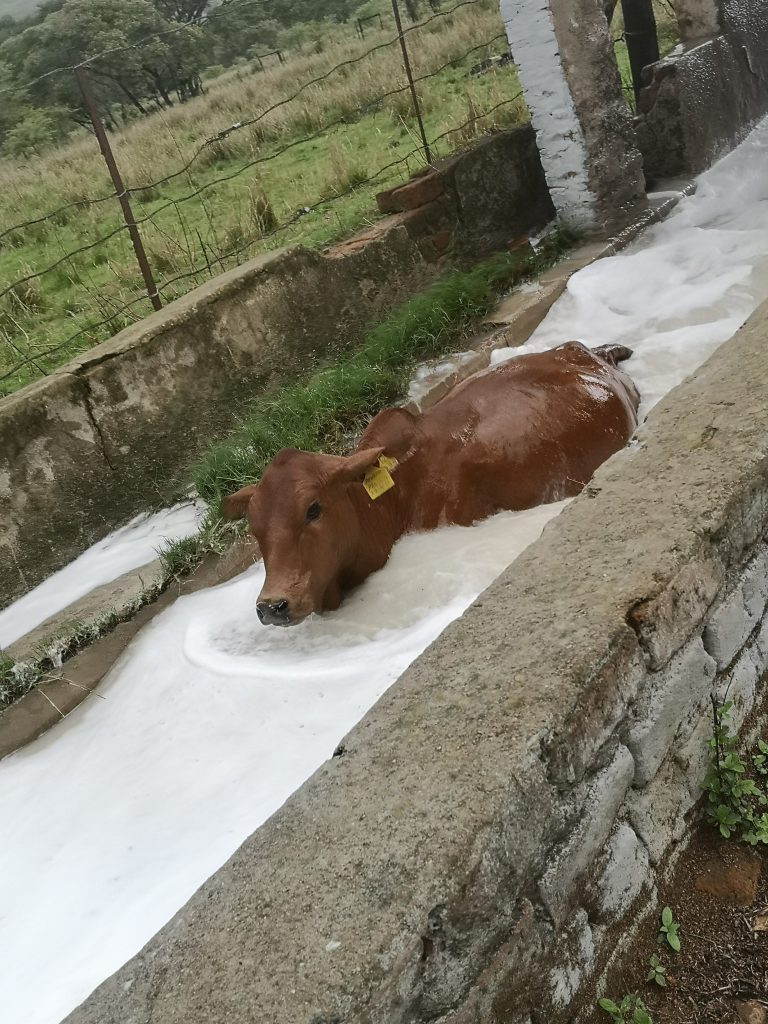Tick-Borne Diseases
By Dr Shadreck Magonziwa
Stock men can agree that during the rainy season animals are susceptible to many challenges, and if a farmer is not careful, they may be killed by various diseases. The new challenges are mainly brought about by an increased level of ticks, which in turn increases the occurrence of tick-borne diseases. Ticks themselves cause substantial losses in cattle production, in terms of diseases, reduced productivity and fertility, death, and are of economic importance due to these losses in Zimbabwe.
Gall Sickness (Anaplasmosis), heartwater, Red water (babesiosis), and more recently January disease (Theileriosis) are the most important constraints to the health and improved productivity of cattle in Zimbabwe. They lead to high disease spread, death of cattle, decreased meat and milk production, loss of draught power particularly in the rural areas, loss of manure for farming, and loss of financial resources through the institution of control measures. The basic description of each disease is given below;

Heartwater is a tick-borne disease transmitted by the bont tick. Symptoms of heartwater include: high fever, foaming at the mouth, continuous chewing movements, high stepping gait, circling movements, aggressiveness, laboured breathing, animals lying down with the head pulled backwards, and in case of death paddling markings will be seen on the ground around the carcase. During post mortem one of the notable symptoms seen is the accumulation of fluid around the heart or chest cavity.
Red water (Babesiosis) is a tick-borne disease that is transmitted by the blue tick and incidences of red water are rampant during the summer season. Hot and wet conditions trigger an increase in the level of blue tick challenge. Animals affected exhibit the following symptoms: loss of appetite, high fever, teeth grinding, abortions, fast breathing rate, diarrhoea and red / dark coloured urine.
Gall sickness is a tick-borne disease that is transmitted by the blue tick. Animals affected by gall sickness exhibit the following symptoms: constipation, high fever, pale to yellow mucous membranes, and laboured breathing. Notable post-mortem findings include yellowish coloured organs/ tissues, enlarged spleen, and distended gall bladder with thick brown-greenish bile.
Treatment and Prevention
Although not guaranteed, early treatment of animals with relevant antibiotics/antiprotozoal drug as advised by the attending veterinarian in case of an infection may save the sick animal. In cases like heartwater you may only see a sudden death without an opportunity to observe clinical signs for treatment. Anaemia is an inevitable consequence of heavy infestation by any blood-feeding parasite, and cattle deaths attributable to anaemia as a result of tick infestation are common hence adding Vitamin B complex to the treatment will aid recovery. Frequent dipping helps to reduce the numbers of ticks with regular dipping at set intervals, and in Zimbabwe the general recommendation is once a week in summer when the rains start and then once a fortnight (2 weeks) in winter.
When the tick/ fly challenge is high, it is advised to dip the animals thrice in two weeks at an interval of 5-5-4 days in order to reduce tick/fly population and later revert to a normal weekly schedule once the tick/fly population is controlled. Use products that have a fly control claim such as MultiDip, Paracide and Tikgard. When animals are moved to unused pastures or moved to a different farm, dipping at 5-5-4-day interval will help to reduce the tick population and allow the animals to adjust to the new environment.

For more information, please contact Dr Shadreck Magonziwa (BVSc, BBA, MCom) at 0772616568 or shadreck@vetprod.com
Backlink – For more information on livestock health i.e. Boophilus (Rhipicephalus Boophilus) tick and Black leg please refer to ZiMunda Farming Magazine Issue 9.
